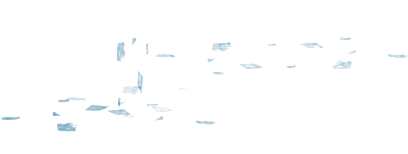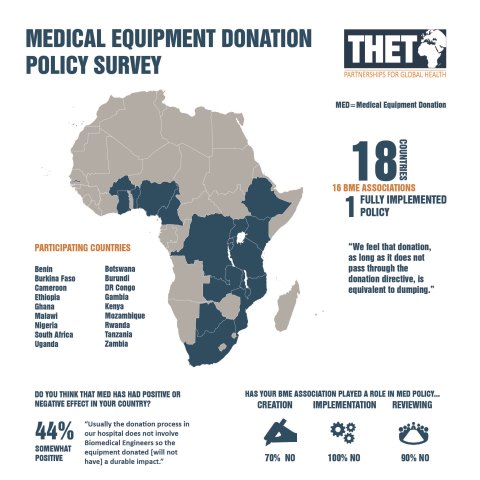
Medical Equipment Donations
Donation of inappropriate equipment, lack of local training for use and maintenance of the donated equipment, the absence of operator and service manuals and limited access to spare parts are some of the main limitations in ensuring the value of donations.



The acceptance of non-functioning equipment from suppliers and donors is high and the appreciation of the need for preventive maintenance is almost non-existent among healthcare management. There is also need for improvement in procedures for the decommissioning and disposal of medical equipment.
'Making it Work'
In 2013 THET created a toolkit for medical equipment donations, entitled: ‘Making it Work’. This tool kit includes detailed guidance for those wishing to donate medical equipment to hospitals and health clinics in LMICs as well as for those who receive. It describes in detail what requirements donors should fulfil as well as what communication should take place between the donor and target hospital before the equipment is actually shipped.
In 2015 we added a companion to the toolkit, titled ‘Managing the Medical Equipment Life cycle’; an overview of the steps of the equipment life cycle and ways for partnerships to integrate these considerations into their projects. This resource identifies ‘assumptions’; i.e. expectations which might be valid for high-resource settings but which are not necessarily valid for low – and middle-income countries (LMICs).
THET has also started a small project to address the improvement of donations outcomes from the recipient side. We have performed a survey on the existence and implementation of donation policies in sub-Saharan Africa.
European Round Table
In December 2016 THET together with Humatem organised the Third European Round Table of Medical Engineers in LMICs.
Sixteen European organisations came together for a two-day conference on good medical equipment donation practices and capacity building.

